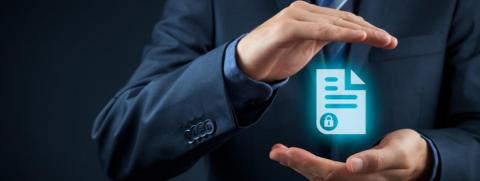Today’s office photocopiers and laser printers allow busy workgroups to perform demanding tasks. Internal computers, hard disk drives, and other storage solutions make these tasks possible; they’re also why businesses know they must take extra security precautions when using them.
Xerox understands that print security is an ongoing concern. That’s why they’ve included on-device security protocols and provided best practice advice and information for Xerox end-users.
If you’re concerned about print security, read on for some timely information about protecting your data and your network.
Securing Your Data
Xerox recognizes data risks associated with printer and copier hard drives, and they’ve taken steps to safeguard your sensitive information. Understanding and enabling Xerox security features is an important step to ensure your data is safe from unauthorized access.
1. Overwrite Features
Many Xerox products automatically overwrite data at job completion using the immediate job or image overwrite feature. For products that don’t automatically overwrite and delete temporarily stored data, users can enable the feature themselves.
On-demand overwrite may be initiated by the user, either manually or as a scheduled event. When sensitive information requires extra caution, on-demand overwrite is an effective tool. Following initiation, the device is unavailable for 20 minutes to as much as one hour while the process completes.
2. Encryption Features
AES (Advanced Encryption Standard) may be used to encrypt hard disk drives or user data. Many Xerox products include this as a default option. Overwrite features can also be used along with AES protocols for an extra layer of security.

